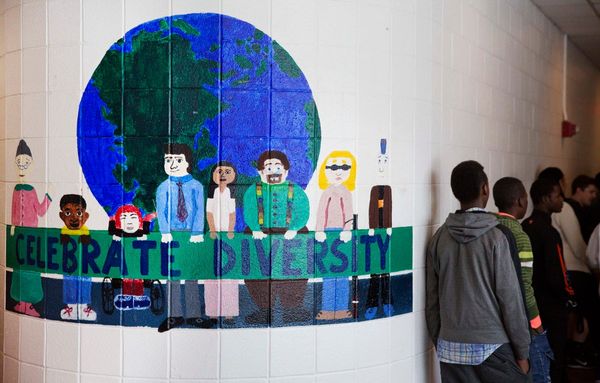
Life on Earth is sustained by a 36 million-year geological cycle that forces sea levels to rise and fall, according to new research.
It’s responsible for the planet’s biodiversity – from polar bears to plankton, say scientists.
The phenomenon has a significant impact on the variety of marine species – going back at least 250 million years.
The plate tectonic changes create breeding grounds by altering the oceans.
Co-author Dr. Dietmar Muller, of Sydney University, said: “In terms of tectonics, the 36-million-year cycle marks alterations between faster and slower seafloor spreading, leading to cyclical depth changes in ocean basins and in the tectonic transfer of water into the deep Earth.
“These in turn have led to fluctuations in the flooding and drying up of continents, with periods of extensive shallow seas fostering biodiversity.”
Different habitats on the continental shelves and in shallow seas expand and contract – providing opportunities for organisms to thrive or die.

By combining computer simulations with the fossil record, the Australian team found these shifts trigger bursts of new creatures.
They discovered strikingly similar cycles in sea-level variations, Earth’s interior mechanisms and ancient marine organisms.
It adds to evidence tectonic cycles and global sea level change driven by Earth’s dynamics have played a crucial role in evolution over millions of years.
Dr. Muller said: “This research challenges previous ideas about why species have changed over long periods.
“The cycles are 36 million years long because of regular patterns in how tectonic plates are recycled into the convecting mantle, the mobile part of the deep Earth, similar to hot, thick soup in a pot, that moves slowly.”
It’s often said we know more about space than our own oceans.
Scientists estimate that 91 percent of ocean species have yet to be classified, and that more than eighty percent of our ocean is unmapped, unobserved, and unexplored.
Research suggests, however, that the number of species in the ocean is decreasing. The continued decline in the health of many ecosystems, coupled with rising extinction rates, are likely outpacing species’ ability to evolve to tolerate the conditions of our rapidly changing planet.
Researchers around the world continue to study marine life and habitats to help develop new strategies to preserve vital ocean ecosystems.
A dinosaur graveyard named the Cretaceous Winton Formation in Queensland serves as a prime example of how sea-level changes have shaped ecosystems and influenced biodiversity in Australia.
The site, renowned for its collection of fossils and precious opal, provides a valuable window into a time when much of the continent was flooded.
As sea levels rose and fell expanding and contracting ecological recesses were created in shallow seas – providing unique habitats for a wide range of species.
Dr. Muller said: “The Cretaceous Winton Formation stands as a testament to the profound impact of these sea-level changes, capturing a snapshot of a time when Australia’s landscape was transformed and fascinating creatures roamed the land.”
Produced in association with SWNS Talker
Edited by Saba Fatima and Asad Ali







